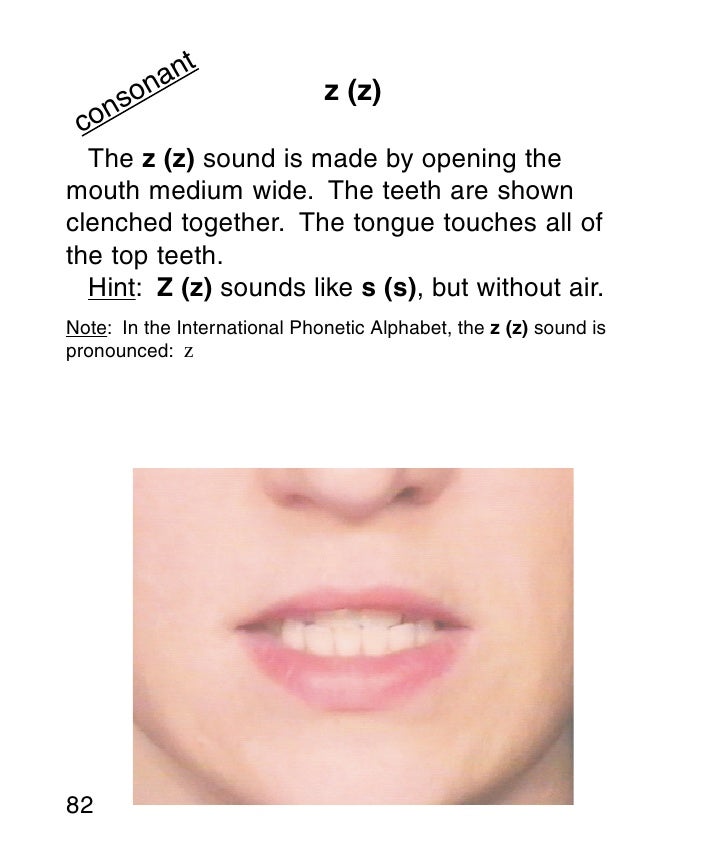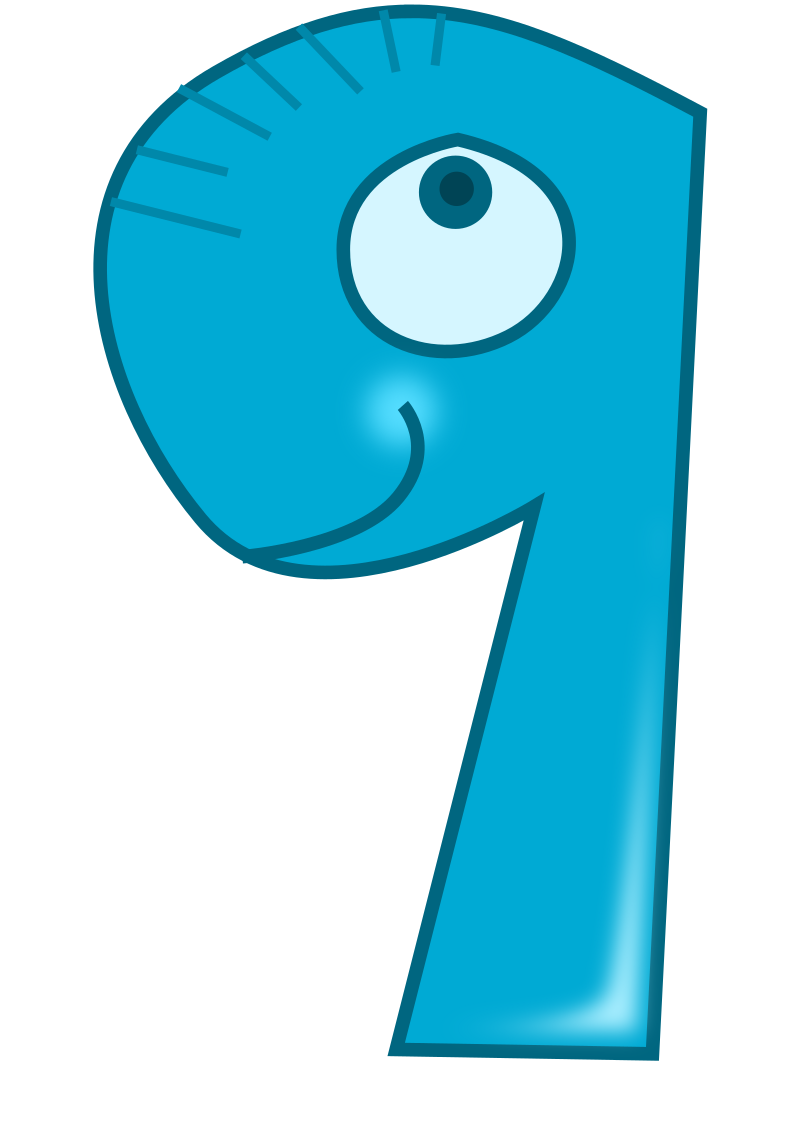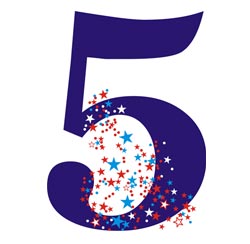Our Spring term topic is ‘Out and About’
Please find our topic booklet and song sheet below…

Our Spring term topic is ‘Out and About’
Please find our topic booklet and song sheet below…
This week, we read two lovely stories to support our learning about plants and their growth within our ‘Out and About’ topic. They were Camille and the Sunflowers and Jasper’s Beanstalk. Both are worth re-reading if you happen to come across them. In Camille and the Sunflowers, a young boy meets an unknown painter named Vincent while in Jasper’s Beanstalk, Jasper plants a bean and wonders just how long it will take for it to grow into a beanstalk!


One morning, I showed the children a bowl filled with butter beans and asked: ‘What on earth could these white things be?’:

The children came up with some interesting suggestions, including stones, jellybeans and seeds! Once I had told them they were indeed seeds, and in fact bean seeds, we wondered what they might need in order to grow. We came up with soil, water and sunlight. We watched a lovely time-lapse video of beans growing to see what actually happens to the seed as it begins to grow. You can watch it again here: https://www.youtube.com/watch?v=hIUnMOGWjsA
Each child then had a go at ‘planting’ their own beans. We planted them in a plastic bag and stuck them to one of the classroom windows. Be sure to check on them during drop off or pick up next week! We wrote in the first page of our bean diaries and will be keeping track of our beans over the coming weeks.
Weekend challenge: Can you remember why we don’t need to plant the beans in soil straight away? When will we need to plant them in some soil? What else did you put in your plastic bag?
We also learnt three new digraphs this week. They are qu, ch and sh. Here are the actions and mouth shapes for these sounds:






We learnt the tricky word ‘be’ this week. We wondered what we might like to be when we grow up and I was so impressed by the children’s answers! They included ballerina, doctor, rock star, vet and even a dad! Please check your word pots this week as we have added another set of tricky words for the children to learn (she, he, we, me, be, was).
Weekend challenge: Can you write some of your tricky words? Can you use them correctly in a sentence? Say it first and then have a go at writing it – remember to listen carefully for the sounds in the words you want to write and then write them down in order.
Each week, our Star of the Week chooses our new number of the week and we then give him/her a little weekend challenge: to fill a plastic wallet with all sorts of things (e.g. objects and/or pictures) to represent that number. Here’s what our Star of the Week found last weekend for the number 9!

Our new number of the week has been chosen as number…

Weekend challenge: Can you find pictures and objects that represent the number 8? Take a photo of the things you find and post it to our blog!
Finally, we have been using our fingers this week to help us with our adding. Last week, we thought about adding the same number of fingers on both hands when we worked on our doubles. This week, we have been adding different numbers of fingers on each hand (e.g. “3 and 2 makes 5 altogether”).
Weekend challenge: have a look at these funny fingers and explore the different additions you can do, using your fingers.
As part of our ‘Out and About’ topic this term, we will be finding out about plants and how they grow. This week, we read the classic story of Jack and the Beanstalk and, the not-so-classic version, Jill and the Beanstalk. The children did some lovely writing about the stories, thinking carefully about whether they needed to use the tricky word ‘he’ or ‘she’ in their work. We now have our very own beanstalk growing in the book corner!

We also read the story of The Giant’s Stew and decided to make our own stew for the giant. We hand-picked the vegetables to include and worked together to write a list of the ingredients:
2 carrots, 1 onion, 2 peppers, 1 broccoli shoot, 1 courgette, 2 sweetcorn (corn on the cob).
Next, we wrote a list of instructions:
Put them in the pot, mix them, cook them for 15 minutes.
Mmmm, delicious!
Weekend challenge: can you write a list of ingredients and instructions for a favourite recipe?
The next day, we had a message from the giant to say we hadn’t made enough stew to fill him up and we should double our recipe. We wondered what ‘double’ might mean and after a little thinking time, we came up with a pretty good definition: “double means add the same again”.
So, we went back to our original recipe and carefully doubled all the different types of vegetables on our list of ingredients.
4 carrots, 2 onions, 4 peppers, 2 broccoli shoots, 2 courgettes, 4 sweetcorn.
We used unifix cubes and our fingers to help us work out these doubles. We also worked out what double 3 is, what double 4 is and what double 5 is.
Can you work out which double is being shown in this photo?

We have been learning a doubling rhyme to help us remember our doubles. It goes like this:
Double 1 is 2, tap it on your shoe,
Double 2 is 4, knock upon the door,
Double 3 is 6, do some finger clicks,
Double 4 is 8, hold your arms up straight.
Double 5 is 10, do it all again!
Repeat until:
Double 5 is 10, put them in the den.
In our phonics lessons this week, we learnt the sounds ‘y’ and ‘z’. We also learnt the digraph ‘zz’ which has the same sound and action as ‘z’. Here are the mouth shapes and actions for our new sounds:




Our new number of the week will be:

Weekend challenge: which 2 numbers can you add together to make the number 9? how many different ways can you add 2 numbers together to make the number 9? can you add 3 numbers together to make 9?
Finally, some of the girls finished off a very busy week with their first session of Miss Lizzi’s building club…

…while some of the boys, wrote secret messages in their makeshift den…

How exciting to see a little bit of snow this week! Many of the children were in the nursery playground, enjoying mix-up time, when it started to snow. Several rushed inside to grab a container of some sort to catch or scoop up the snowflakes, while others were happy just to catch them on their tongues!
Back in the classroom, I told the children the postman’s van had broken down that morning because of the snow and he had stopped me on my way into school to ask if the children might be able to help by delivering some parcels for him. To make matters worse, the address labels had all come unstuck but, fortunately, he could remember which label went with which parcel and left us some clues so we could stick each label back onto the correct parcel.
Each parcel was a different 3D shape. There was a cube, a sphere, a cuboid and a cylinder.
Can you use the clues below to work out which shape the postman was talking about?
Naturally, the children did a fantastic job of matching the labels to the correct parcels and then successfully delivered the parcels to the correct addresses in Oak Street (a row of houses that we currently have in our classroom!).
We were, of course, all very curious to find out what was actually inside the parcels and looked carefully at the shapes to make some sensible (and not so sensible!) guesses as to what might be inside.
Weekend challenge: can you remember what was inside the different parcels when we unwrapped them? What was inside the cube, cuboid, sphere and cylinder-shaped parcels? Have a look around your house and see if you can find anymore objects that are these 3D shapes. Perhaps you can find some other 3D shapes too…can you find out what they are called? Make your own shape table (just like the one we have in our classroom). Write labels to show what the shapes are called. Take a photo of it and bring it in (or email it) to show us!

We also learnt 3 new sounds this week. They are ‘v’, ‘w’ and ‘x’. For ‘v’, we learnt the jolly phonic action where we pretended to be holding the steering wheel while driving a van.


For ‘w’, we decided to use our own sign (pointing to a watch on our wrist) as this is the picture for ‘w’ on our sound mat. The children are also aware of the jolly phonic action (blowing wind onto their palm) and we used this to check we were saying the ‘w’ sound correctly.


For ‘x’, we used the jolly phonics action where you pretend to take an x-ray photo:


Finally, our number of the week is number:

Weekend challenge: what does the number 4 mean to you? where can you find the number 4 in your street? Can you find the number 4 on the front of a bus, on a street sign or on a car license plate? How many different ways can you make the number 4? Which number comes before/after number 4? What is double 4?
Welcome back everyone and Happy New Year! We hope the Christmas break was a restful and peaceful time for all. The children have come back to school full of enthusiasm for the term ahead and were all keen to get straight back into their learning and playing.
Our topic this term is ‘Out and About’. We’ll be exploring and investigating the great outdoors, including any early signs of Spring, and the features of our local environment and community. Look out for the topic booklet which will give more details and provide you with some ideas for activities and outings that you might like to do at home. The booklet will be posted here on our blog in the coming weeks.
Our new role-play area reflects a feature of our local area that we already know quite a bit about, having posted our own letters and met a real-life postman only last term. We have already been busy writing letters, buying stamps at the counter, posting letters and delivering them. We would be grateful for any donations of used or unused envelopes to support our play and learning in our post office. Also, if anyone has a play cash register that they no longer need, we would be happy to give it a good home! Thank you.


This week, we read the story of the Jolly Postman who delivers letters throughout fairytale land to the different characters from those classic stories. The children’s knowledge of fairytales was really quite impressive with many of them able to identify the characters by the clues given in the text (e.g. a ‘Grandma’ with big teeth and a giant at the top of a beanstalk).

As the children learnt all the phase 2 sounds last term, we have now moved onto phase 3 of the Letters & Sounds programme.
The first sound in phase 3 is j…which is for jelly of course!
“Jelly on a plate, jelly on a plate, wibble wobble wibble wobble, jelly on a plate!”


The children all made their own jelly this week. They looked carefully at how the jelly cubes change first into a liquid and then back into a solid. They used their own words to describe their observations and make predictions about what they thought would happen next.
How to make jelly:



Finally, we are going to have a different ‘number of the week’ each week this term to support our learning and understanding of number and how the number system works.
All next week, our number of the week will be: 
Weekend challenge: ask your child to tell you something about the number 5 (e.g. have they seen the number somewhere before, perhaps on your front door or on the front of a bus), can they collect 5 items (e.g. toys, socks, spoons), if you have 2 spoons can they tell you how many more spoons you would need to make 5, etc.), how many different ways can you make the number 5?